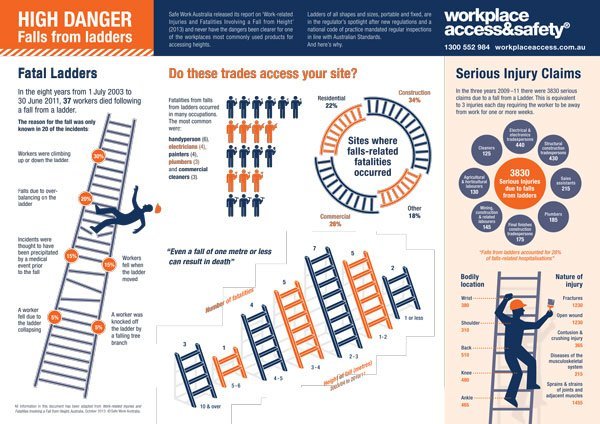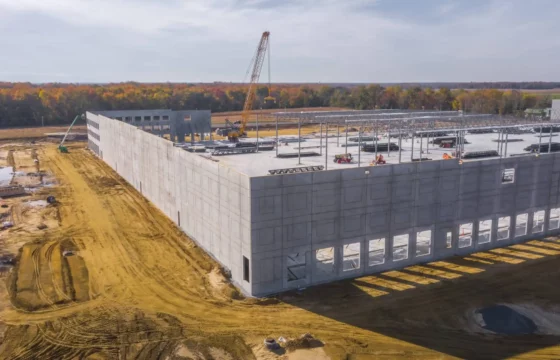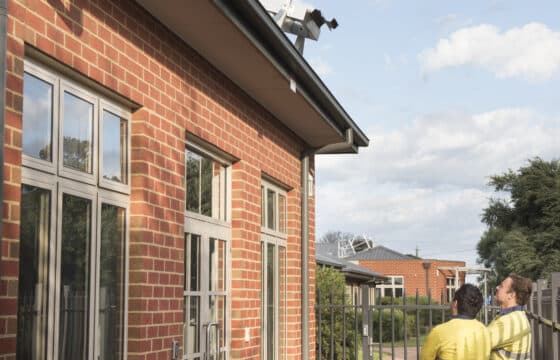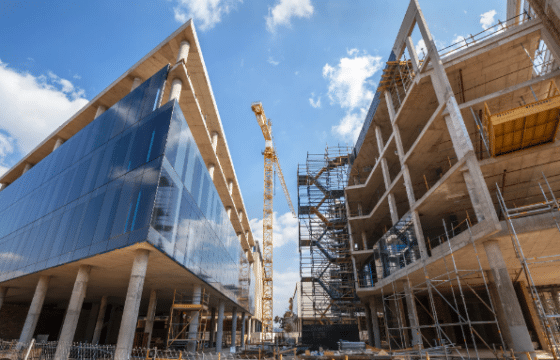The falls tragedy continues: how it could be averted
A new report from Safe Work Australia contains some surprises that show we must take a new approach to fall prevention says height safety expert Carl Sachs of Workplace Access & Safety.
A mind-boggling 49-page report crammed with statistics from Safe Work Australia has some incredibly powerful lessons for Australia’s OHS regulators, employers and anyone involved with working at height.
The headline message contained in Work-related Injuries and Fatalities Involving a Fall from Height, Australia, October 2013 is that there has been little or no improvement in the number of Australians who fell to their deaths at work each year since 2003. That is not okay but, yes, we already knew that.
More interestingly, the report reveals that ladders are the biggest killer and that Australian workplaces are simply failing to install protection. The numbers also explode a myth: that falls from height really only concern people working on a new building site.
One of Australia’s biggest and nastiest OHS problems
Over the eight years to 30 June 2011, 232 workers were killed following a fall from height, accounting for 11 per cent of all fatalities.
The report also shows very serious injuries are common and profound.
“In 2010–11, 7730 claims for serious injury were lodged due to a fall from a height. This means that 21 employees each day lodged a claim for a falls-related injury that required one or more weeks off work.”
“A typical falls-related claim in 2010–11 involved 6.2 weeks off work, which is considerably longer than the 4.4 weeks for all serious injury claims.”
Falls from heights injuries costing 41% more than other serious injuries and are generally more debilitating.
The report notes that 11 per cent of seriously injured employees required one year or more off work following a fall.
The construction myth exploded
Only weeks ago, an exasperated official said the integrity of fall prevention equipment was “largely irrelevant” because falls from height affects people on building sites, who should be using scaffolds.
The SWA report tells a different story. Of all the construction workers who fell to their deaths from 2003/04 to 2010/11, only one in five fell from buildings under construction.
The people who tend buildings over their average 73-year lifespan, maintaining roofs, air conditioners and cleaning gutters, for example, are counted as “construction” workers or “property and business services” workers if they are employed by a labour hire company.
Basic cause number one: Ladders were the most common cause of the falls – both for fatalities and serious injuries.
In the eight years from 1 July 2003 to 30 June 2011, 37 workers died following a fall from a ladder. The reason for the fall was only known in 20 of the incidents but half occurred either while the worker was climbing up or down the ladder or were due to over-balancing on the ladder.
We know this because the SWA report author, Alison Yardley, combed coroners’ reports for details but the injury statistics do not bring this level of detail.
Basic cause number two: unprotected roofs and vehicles
After ladders, vehicles and roof tops were the most common origins of fall fatalities. The report’s author says that, in almost all of the fatalities, no fall prevention equipment was used.
It is also interesting that workers who fell from a roof to their deaths were involved in building maintenance rather than construction.
“In the eight years from 1 July 2003 to 30 June 2011, 25 workers died from falls from roofs,” reports Safe Work Australia.
“The activities at the time of the fall included:
- 9 were repairing the roof
- 5 were undertaking removal of old roof sheeting
- 3 were painting residential premises
- 3 were installing services to premises, and
- 2 were replacing guttering.”
The answers to Australia’s fall tragedy
Australia’s height safety access needs an overhaul. We must:
- Reduce the usage of ladders in favour of other, safer equipment
- Improve the usability and, therefore, safety of the ladders we do use
- Install fall prevention systems on more Australian workplaces
- Ensure these new fall prevention systems are truly safe, so that we do not simply shift the problem.
Reduce our reliance on ladders
Climbing ladders is hard work that is made even harder and more dangerous when workers are carrying tools or building materials. They are also rightly last on the list of preferred fall prevention measures – alongside signage and training – under Australia’s fall prevention regulations and codes of practice.
Make the ladders we must use safer
When a ladder is the only option, there is a lot we can do to make them safer. Ladders should conform to the Australian Standard as a minimum but groundbreaking research by prominent Australian ergonomist, Professor David Caple, suggests we can do a lot to make them more comfortable and safer without added cost.
Install fall prevention systems on more Australian workplaces
Regulators will tell you there are already laws in place backed by heavy penalties to protect people working at height. The law is clearly not enough to stop the falls.
Ensure fall prevention systems are truly safe
The injury statistics do not reveal whether the failure of fall prevention equipment was implicated in falls. On the other hand, a survey by the Working At Heights Association (WAHA) uncovered that alarming percentages of equipment audited by its members was deemed unusable.
Any new efforts to increase the installation of fall prevention systems needs to ensure that the right equipment for the job is fitted and that it is truly capable of saving lives.
WAHA is meeting with regulators and policy makers during November, calling for five outcomes:
– The safety of Australia’s fall prevention equipment installations must be improved;
– Compliance with Australian Standards for fall prevention equipment should be compulsory;
– Formal training for fall prevention equipment installers should be mandatory;
– Fall prevention equipment installers should be licensed; and
– Regulators should inspect fall prevention equipment
It can be done and lives will be saved
The Safe Work Australia report brings fresh insights that clearly signpost what can be done if policy makers, regulators, industry, employers and workers are willing to collaborate.



